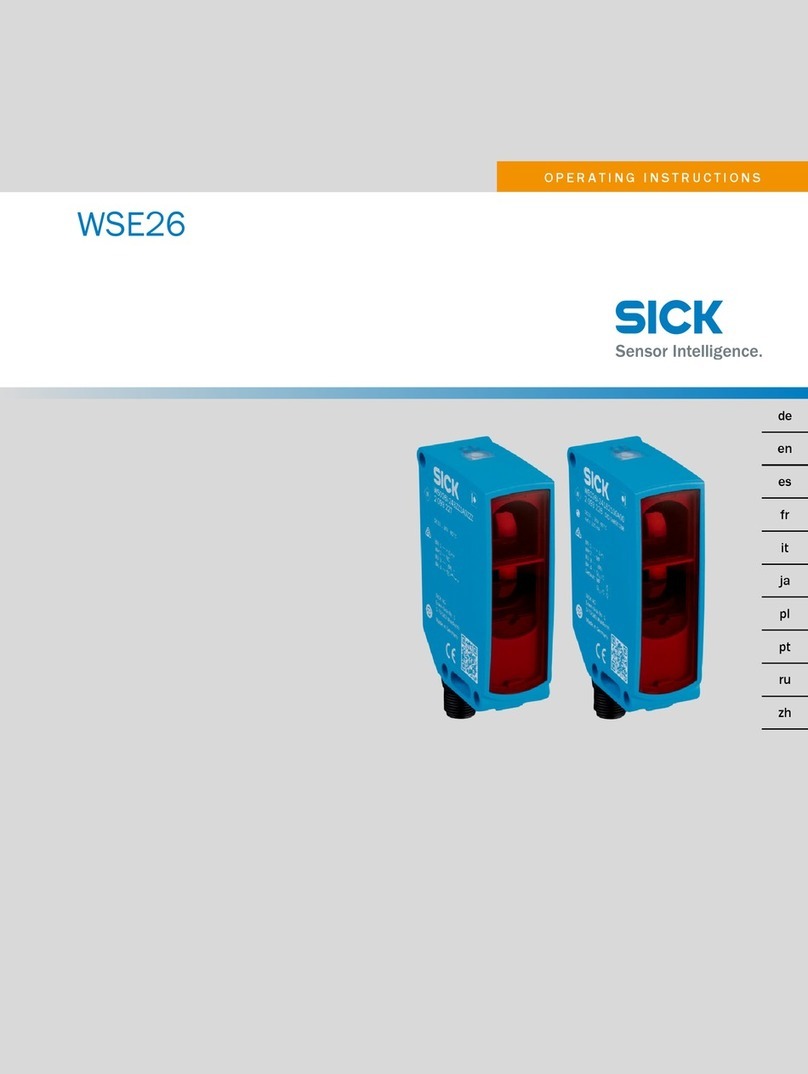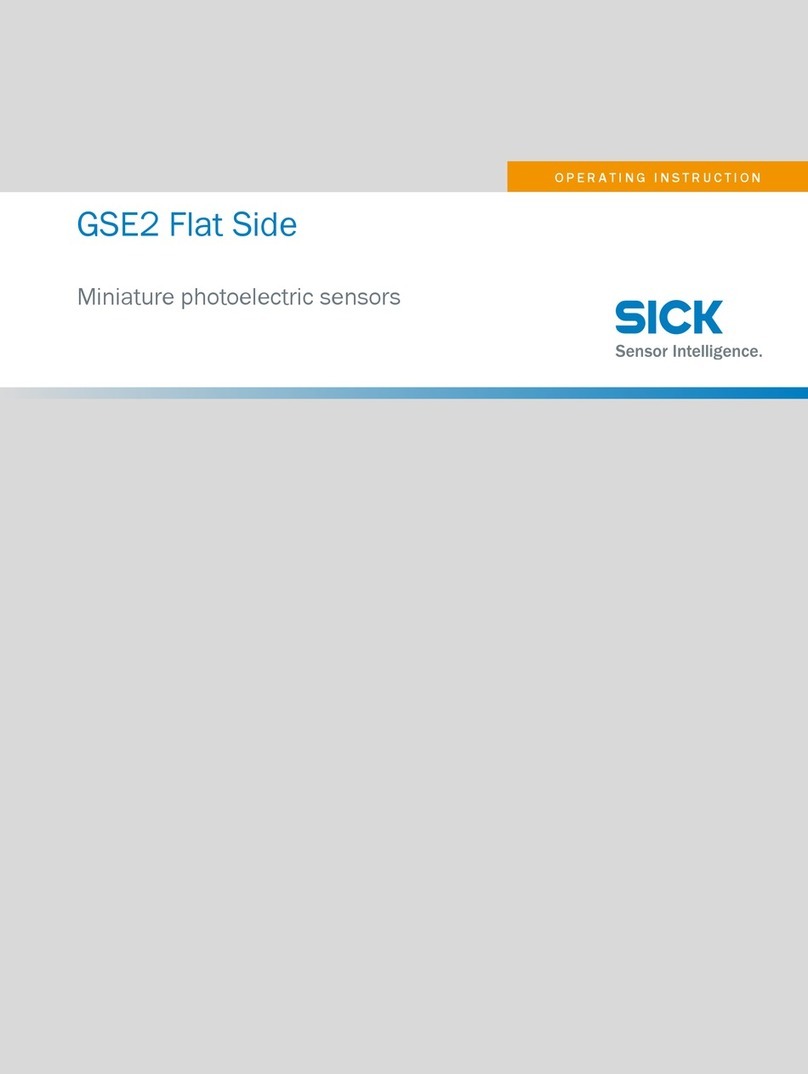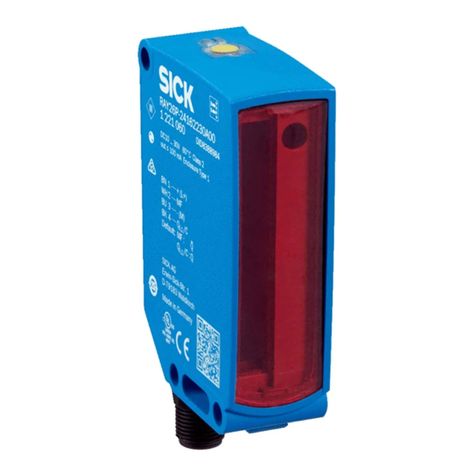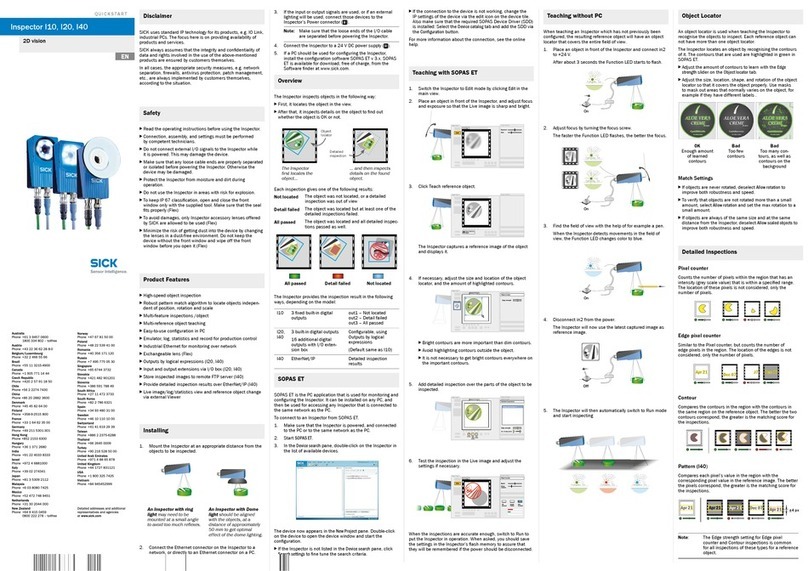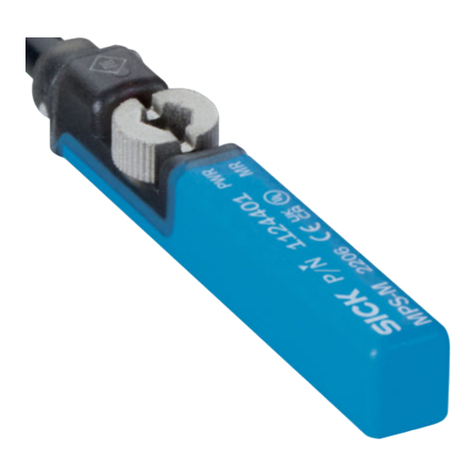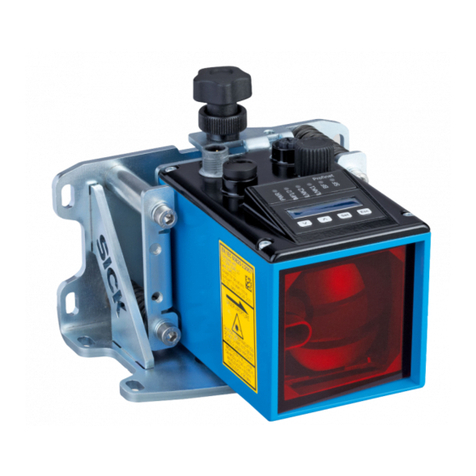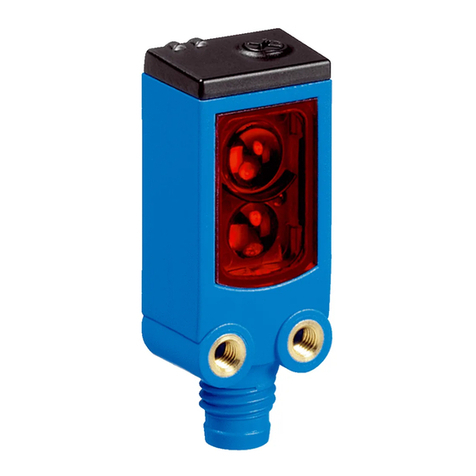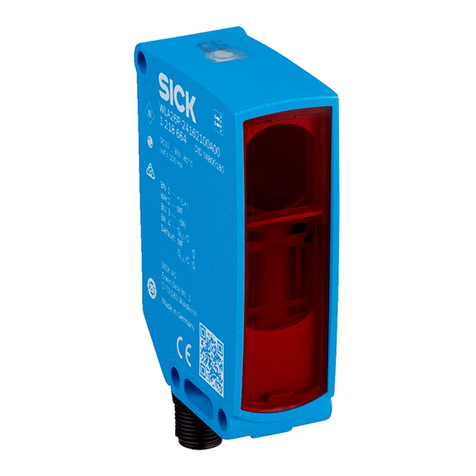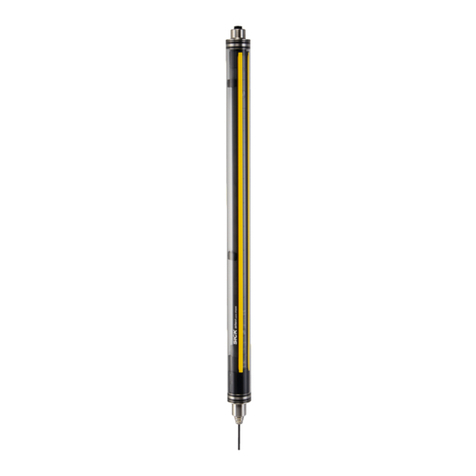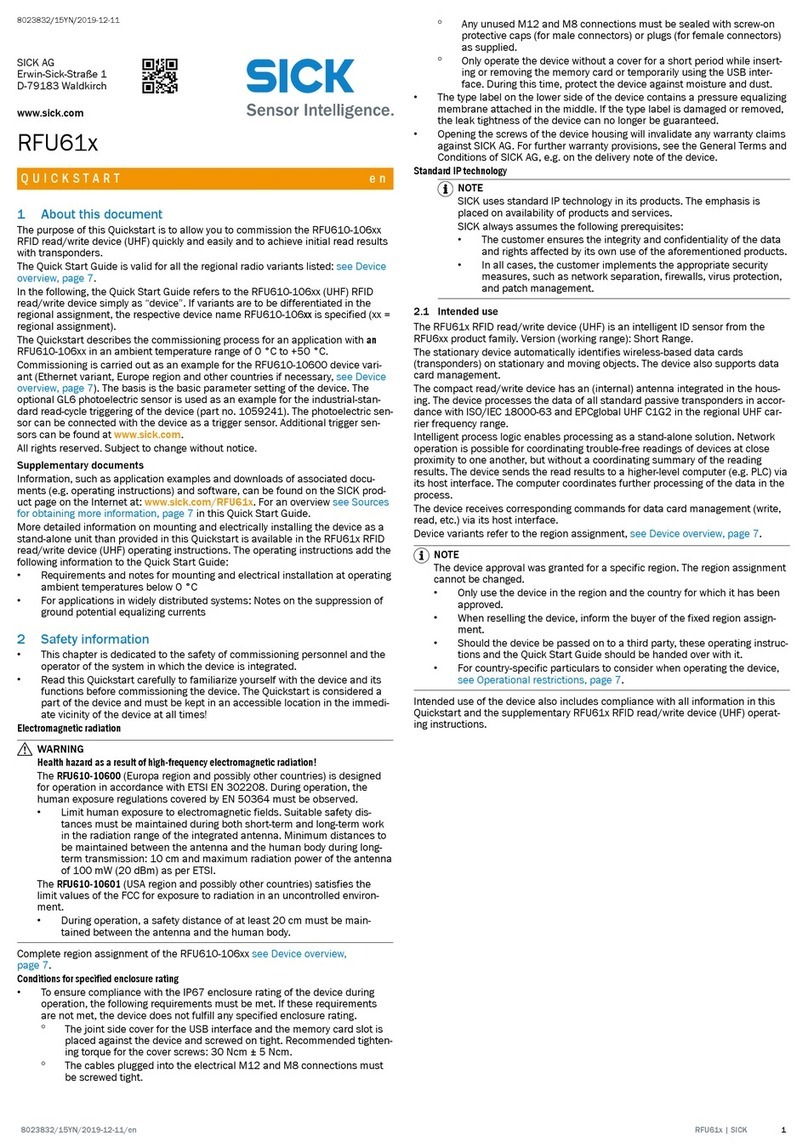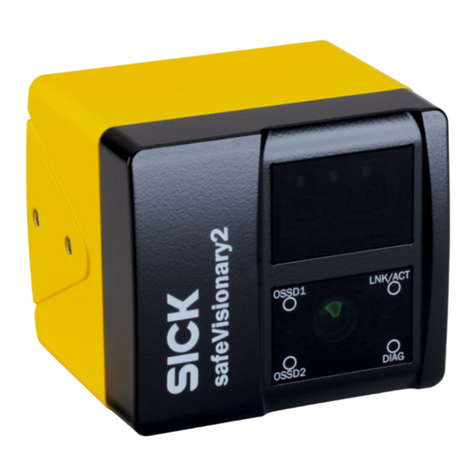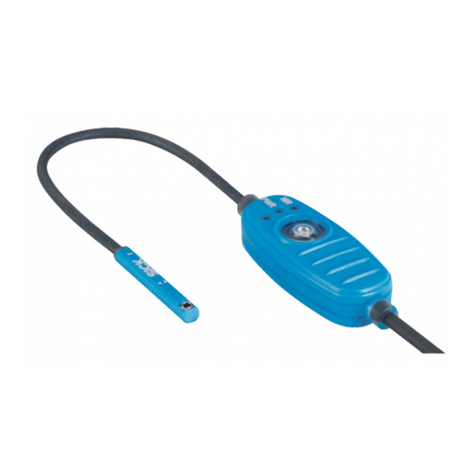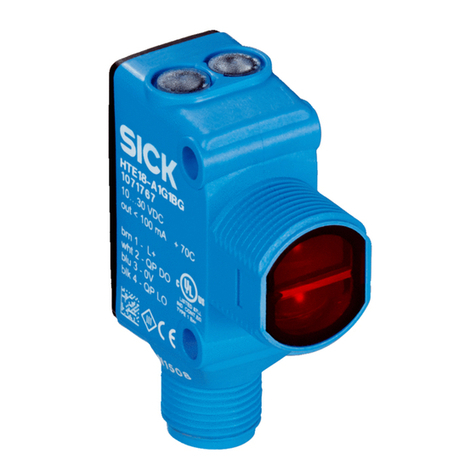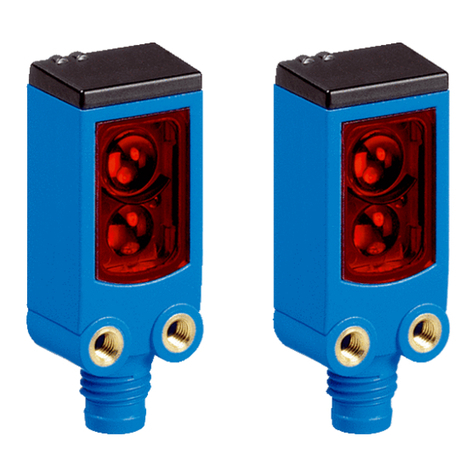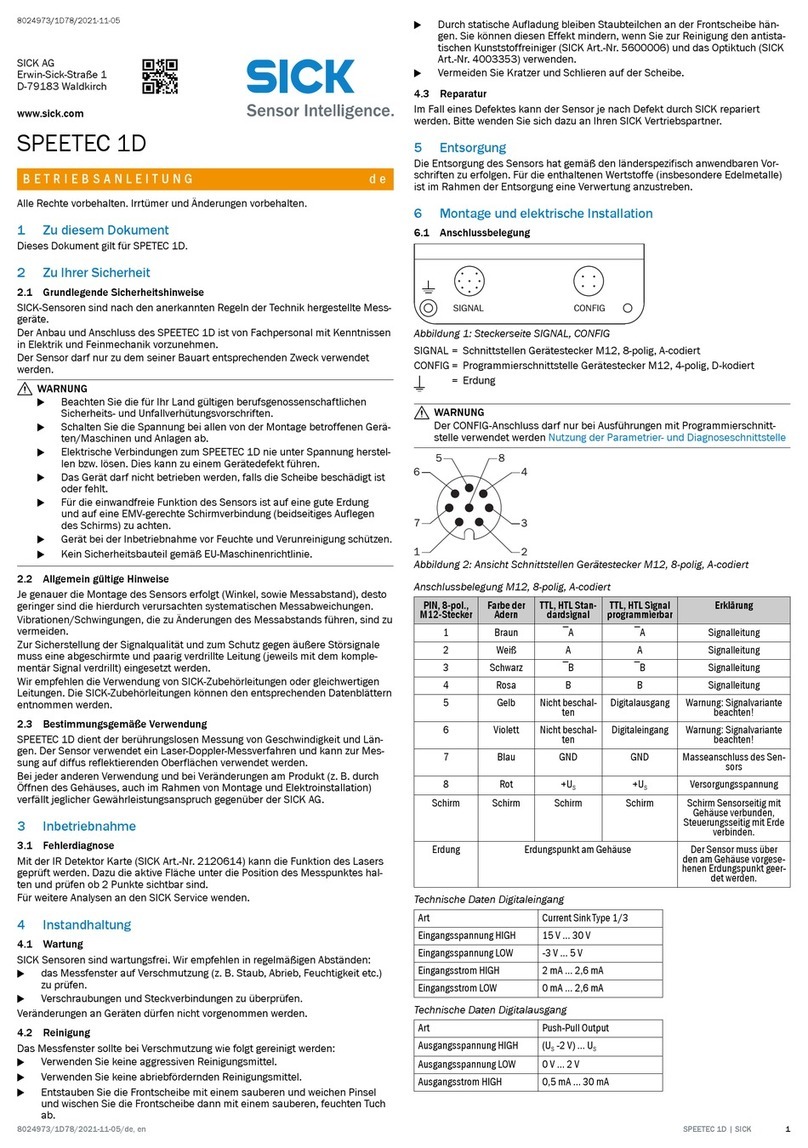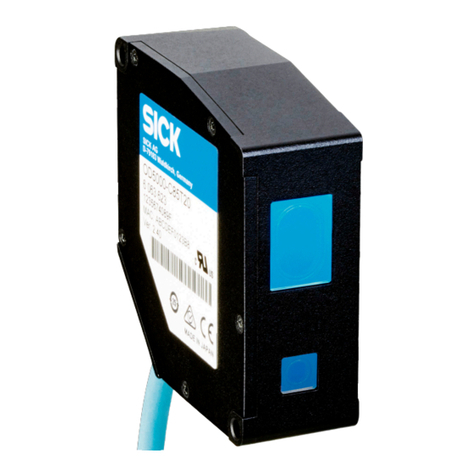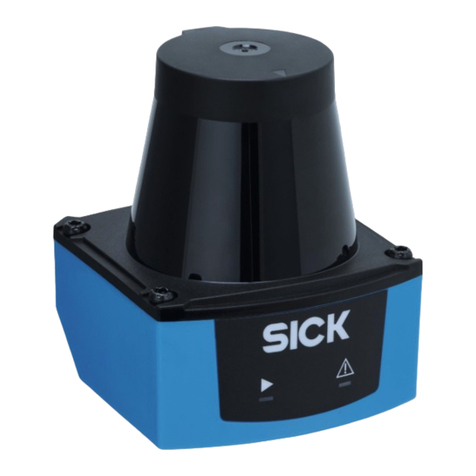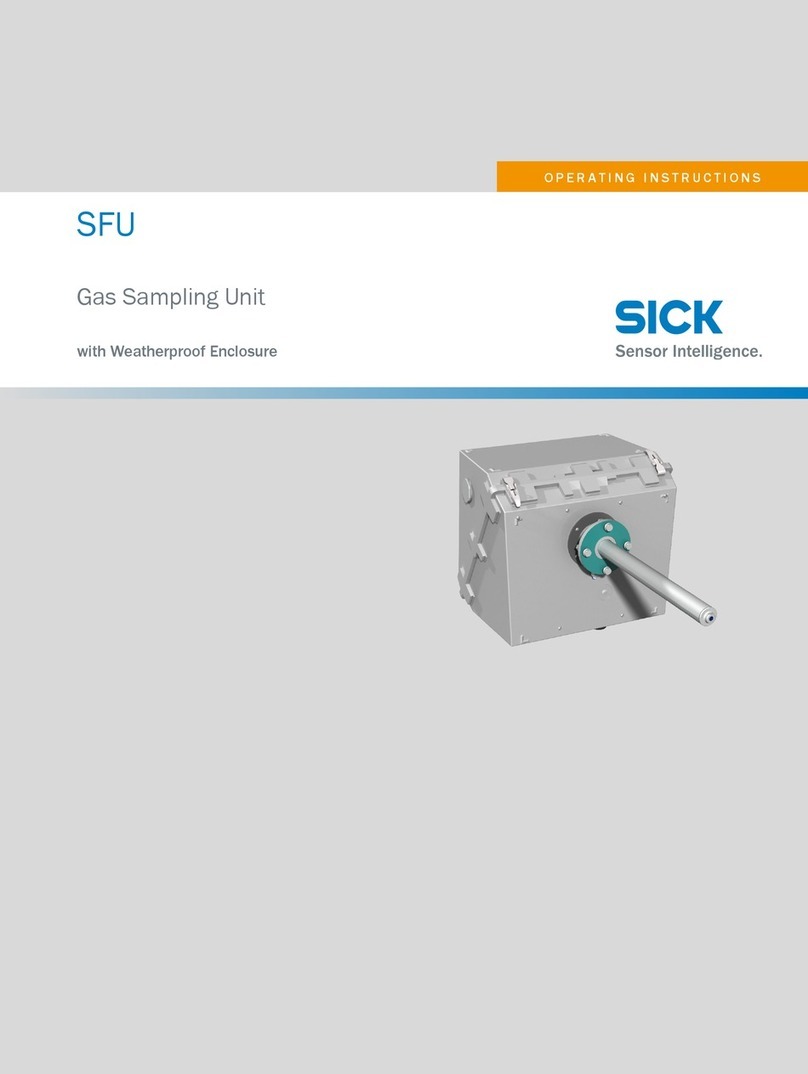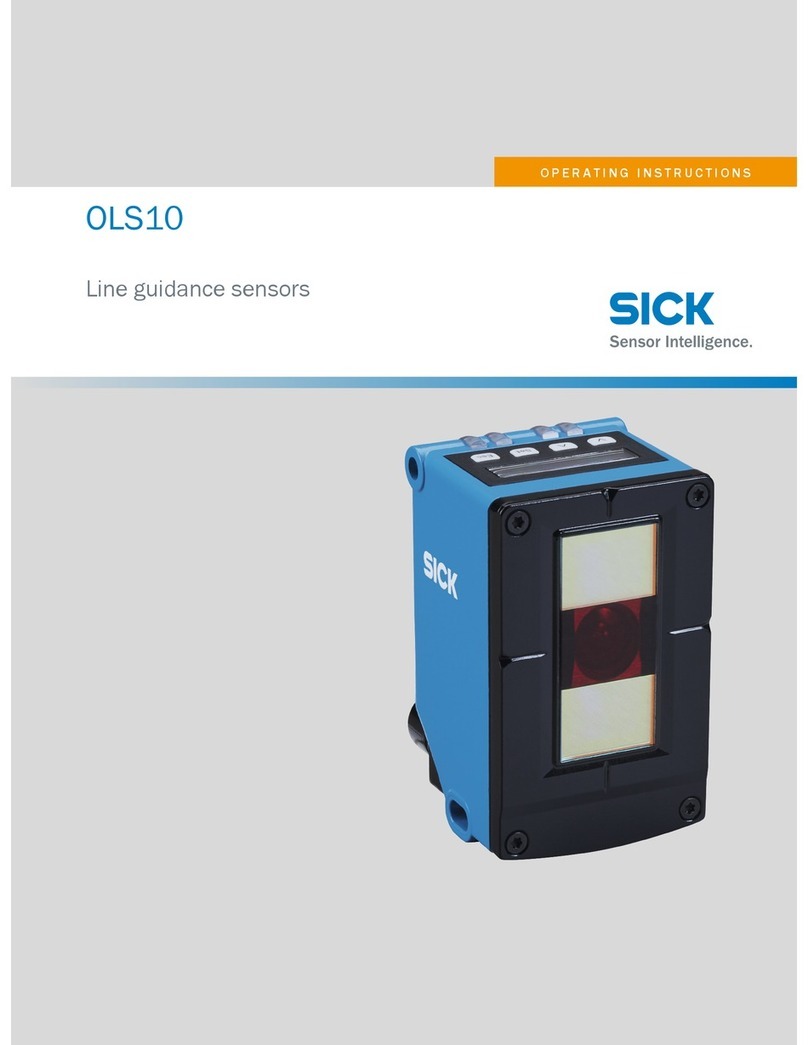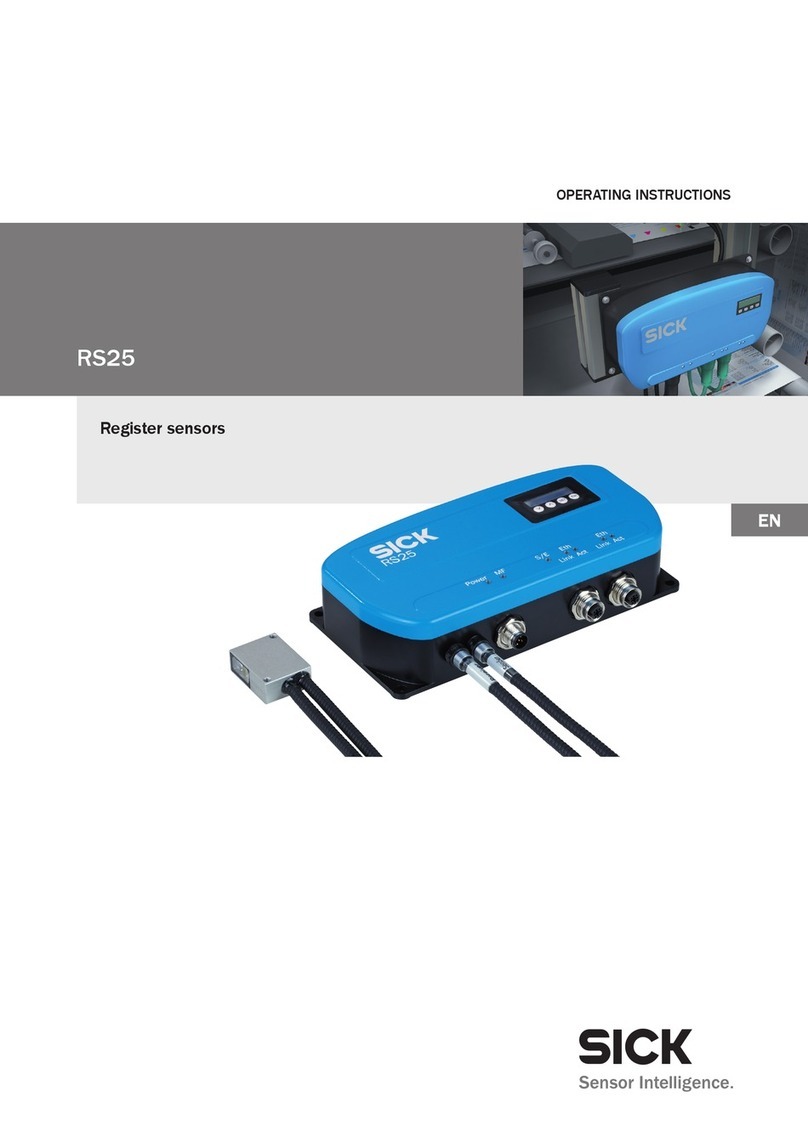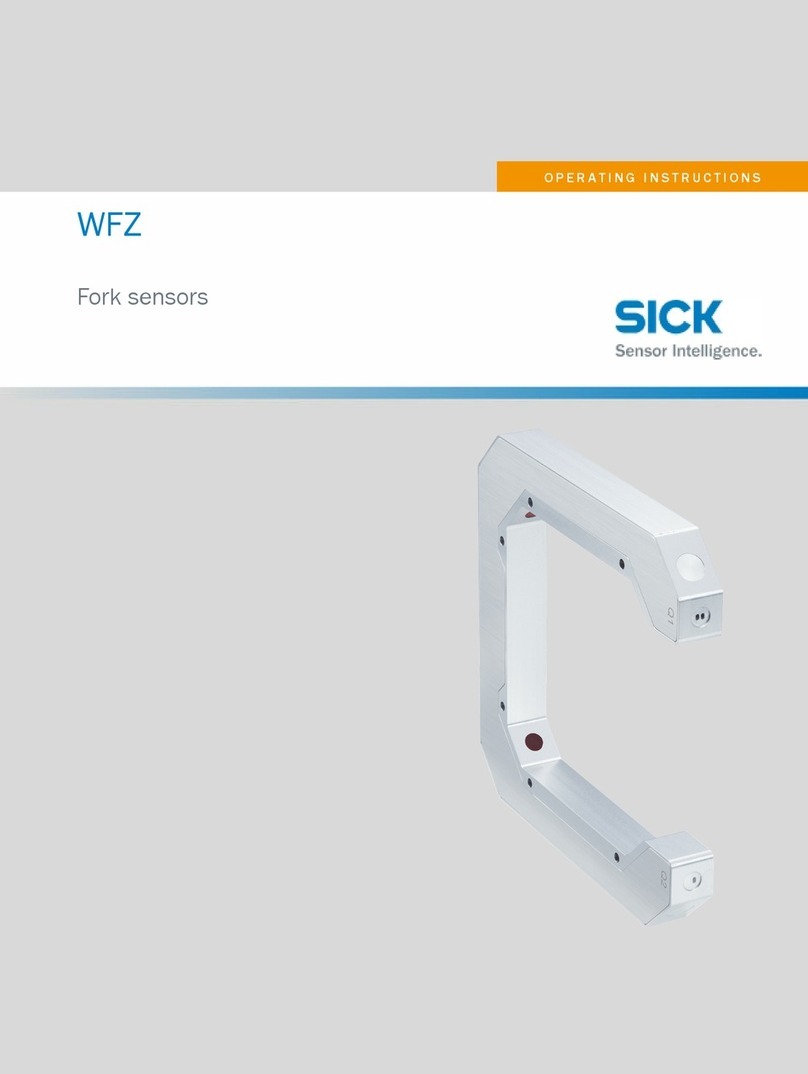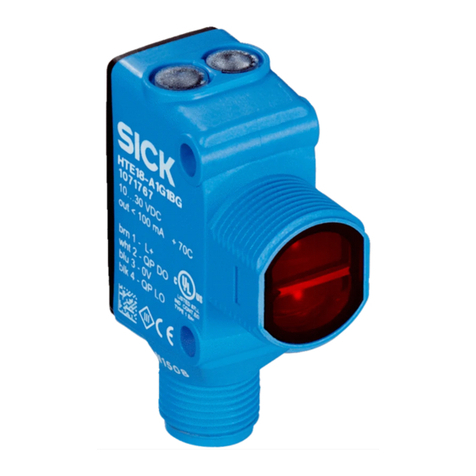
Contents
1 About this document........................................................................ 5
1.1 Information on the operating instructions.............................................. 5
1.2 Explanation of symbols............................................................................ 5
1.3 Further information................................................................................... 6
2 Safety information............................................................................ 7
2.1 Intended use............................................................................................. 7
2.2 Improper use............................................................................................. 7
2.3 Cybersecurity............................................................................................ 7
2.4 Limitation of liability................................................................................. 7
2.5 Modifications and conversions................................................................ 8
2.6 Requirements for skilled persons and operating personnel.................. 8
2.7 Operational safety and specific hazards................................................. 8
2.8 UL conformity............................................................................................ 9
3 Product description........................................................................... 10
3.1 Scope of delivery....................................................................................... 10
3.2 Product ID.................................................................................................. 10
3.3 Type code.................................................................................................. 11
3.4 Product overview....................................................................................... 11
4 Transport and storage....................................................................... 12
4.1 Transport................................................................................................... 12
4.2 Unpacking.................................................................................................. 12
4.3 Transport inspection................................................................................. 12
4.4 Storage...................................................................................................... 12
5 Mounting............................................................................................. 13
5.1 Mounting instructions............................................................................... 13
5.2 Mounting distances.................................................................................. 13
5.3 Aligning the device.................................................................................... 13
5.4 Aligning device with alignment aid.......................................................... 13
6 Electrical installation........................................................................ 15
6.1 Wiring instructions.................................................................................... 15
6.2 Prerequisites for safe operation of the device........................................ 15
6.3 Pin assignment......................................................................................... 17
7 Operation............................................................................................ 20
7.1 Status indicators....................................................................................... 20
7.2 Digital output teach-in.............................................................................. 20
7.2.1 Factory settings of the digital output...................................... 20
7.2.2 Teaching in switching point (Single Point Mode)................... 20
7.2.3 Teaching in switching window (Window Mode)...................... 21
7.2.4 Teaching in background (Window Mode ±8%)...................... 21
CONTENTS
8016973/1K73/2023-06-21 | SICK O P E R A T I N G I N S T R U C T I O N S | UM12 3
Subject to change without notice
